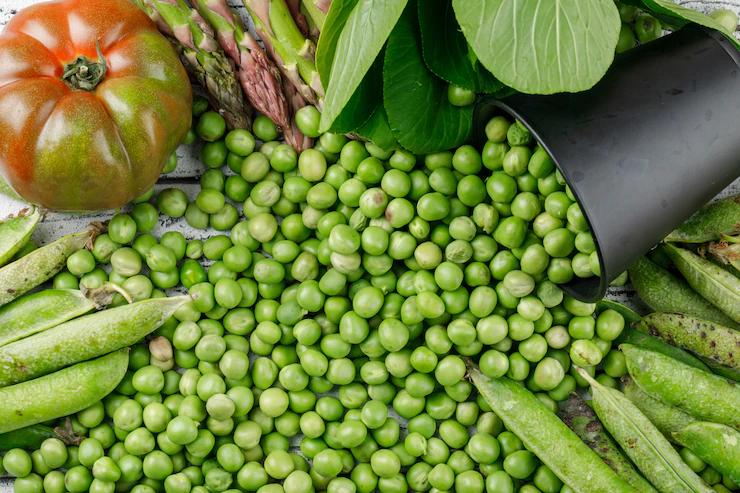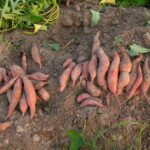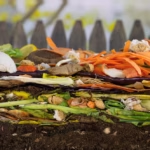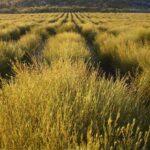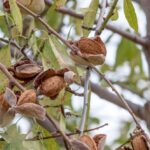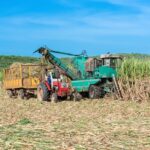When growing peas in South Africa, there are several infections and diseases that you should watch out for. Here are a few common ones:
- Powdery Mildew (Erysiphe polygoni): Powdery mildew is a fungal disease that appears as a white, powdery growth on the leaves, stems, and pods of peas. It can affect the plant’s ability to photosynthesize and reduce crop yield.
- Downy Mildew (Peronospora viciae): Downy mildew is another fungal disease that affects peas. It causes yellowish-green spots on the upper surface of leaves and a grayish-purple fuzz on the lower surface. Infected leaves may turn brown and die prematurely.
- Fusarium Wilt (Fusarium oxysporum): Fusarium wilt is a soil-borne fungal disease that affects many crops, including peas. It causes wilting, yellowing, and stunting of plants. Infected plants may eventually die.
- Root Rot (Pythium spp. and Rhizoctonia solani): Root rot is a common problem in peas, especially in poorly drained or overwatered soil. It is caused by various fungi, including Pythium and Rhizoctonia. Infected plants exhibit stunted growth, yellowing, and rotting of the roots.
- Pea Leaf Roll Virus (PLRV): Pea Leaf Roll Virus is a viral disease that affects peas. It is transmitted by aphids and causes curling, yellowing, and stunting of the leaves. Infected plants may produce fewer pods and have reduced yield.
- Pea Seed-borne Mosaic Virus (PSbMV): PSbMV is another viral disease that affects peas. It is primarily transmitted through infected seeds. Symptoms include mosaic patterns on leaves, stunted growth, and reduced yield.
To minimize the risk of infections and diseases, here are some general preventive measures:
- Plant disease-resistant varieties whenever possible.
- Practice crop rotation to reduce the buildup of soil-borne pathogens.
- Ensure proper soil drainage to prevent waterlogged conditions.
- Provide adequate spacing between plants to promote air circulation.
- Monitor and control aphid populations, as they can transmit viral diseases.
- Avoid overwatering and irrigate at the base of plants instead of overhead watering.
- Remove and destroy infected plant material to prevent the spread of diseases.
If you suspect any disease or infection on your pea plants, it’s advisable to consult with local agricultural extension services or plant pathology experts who can provide specific guidance and treatment options based on your region and the specific disease involved.


